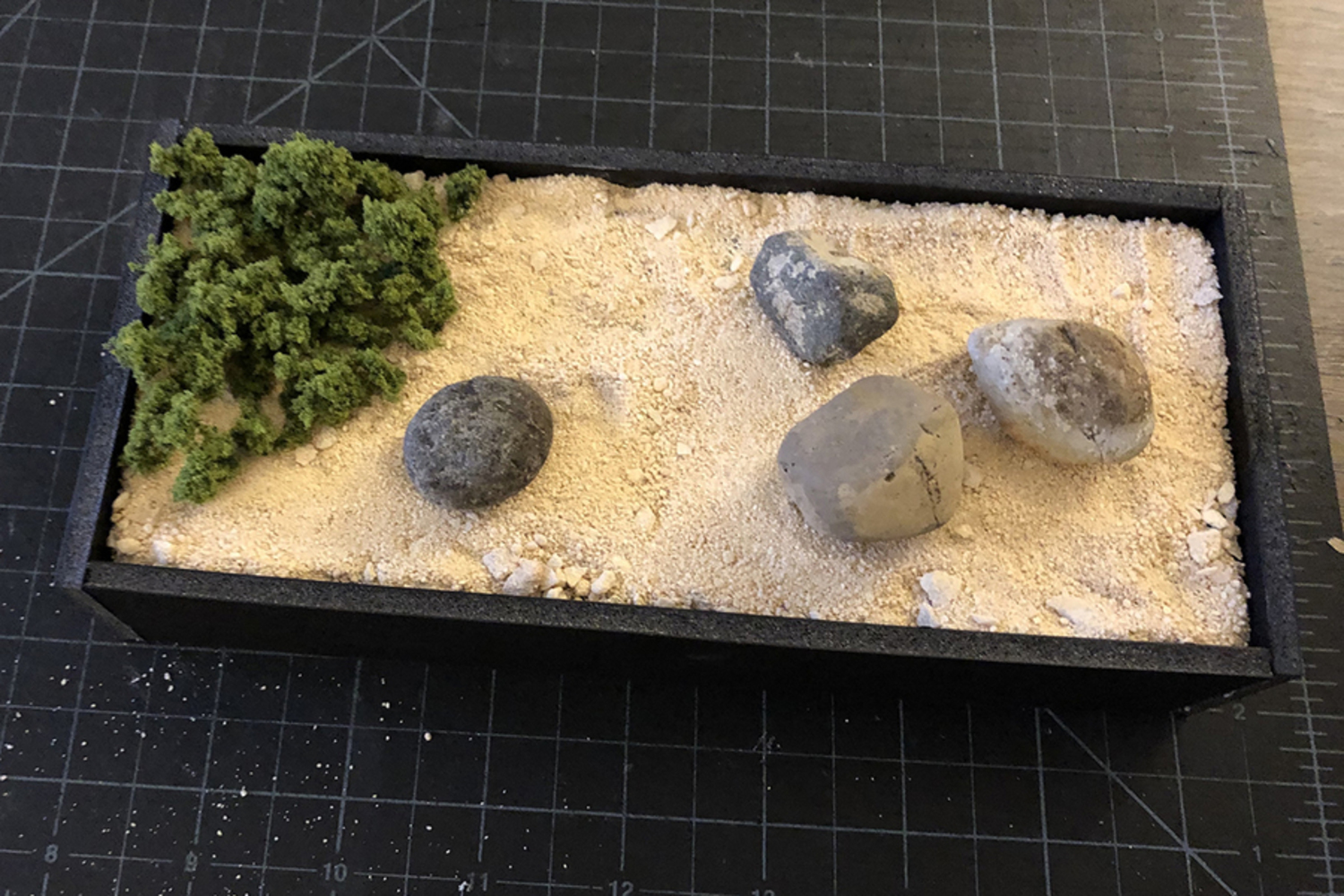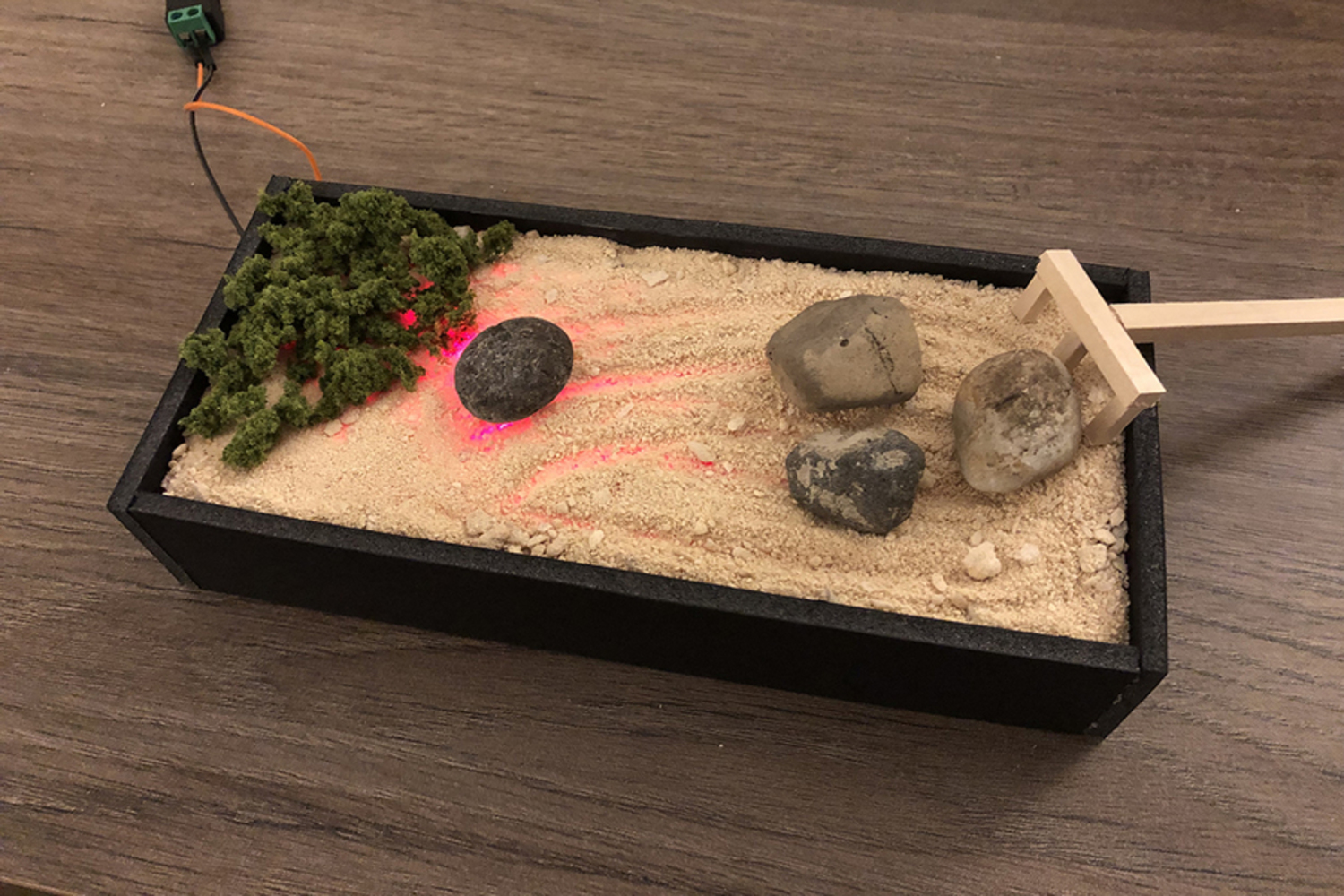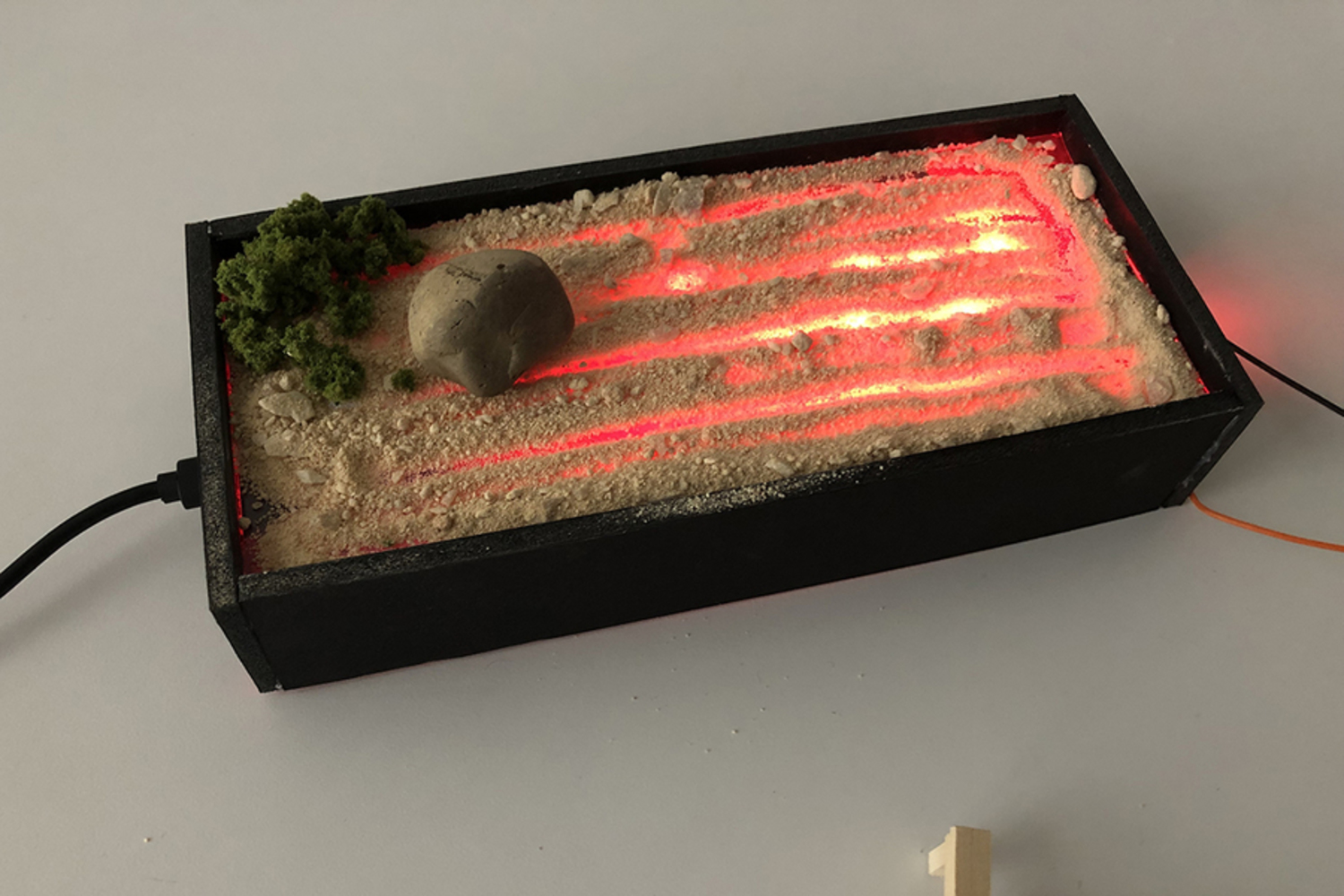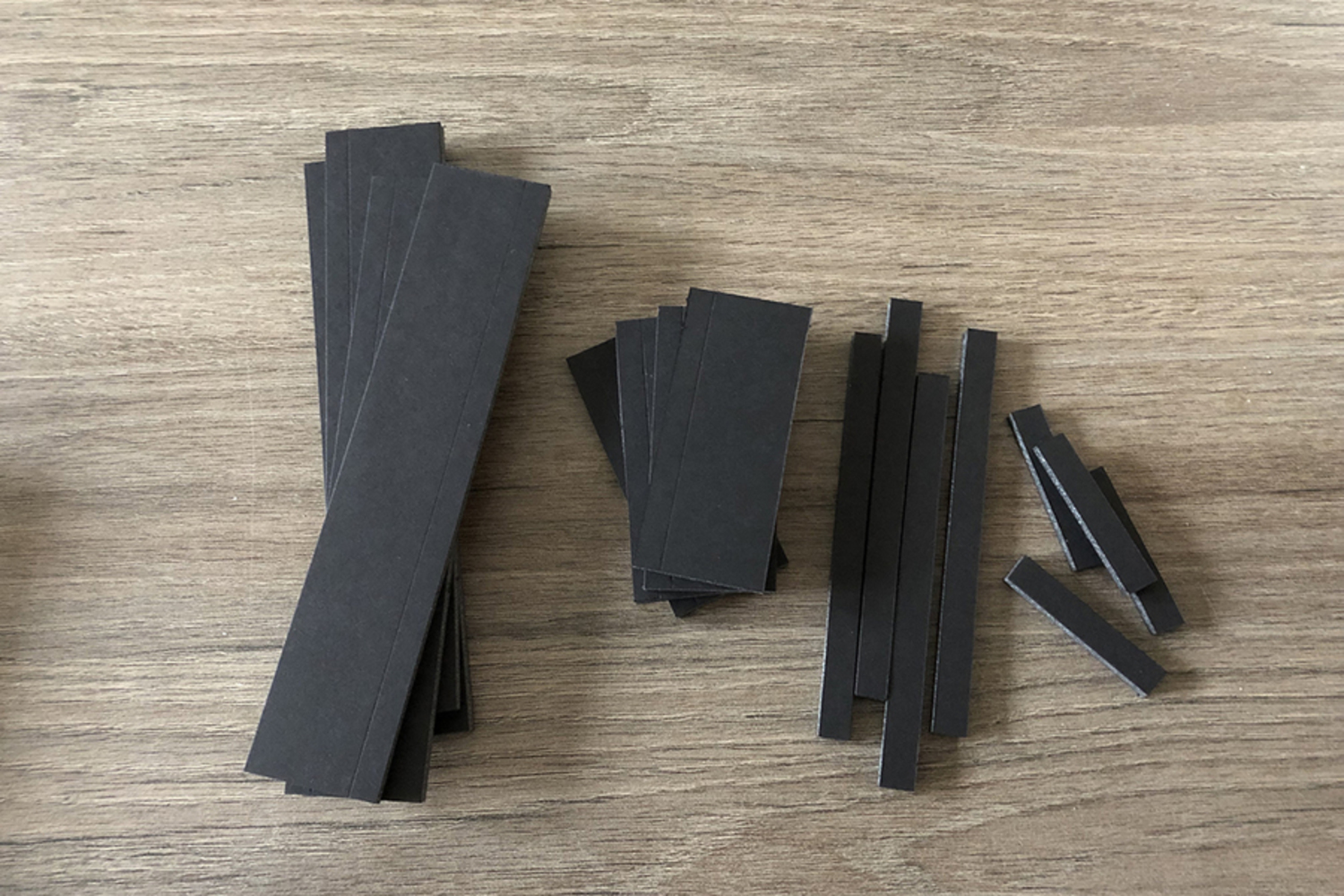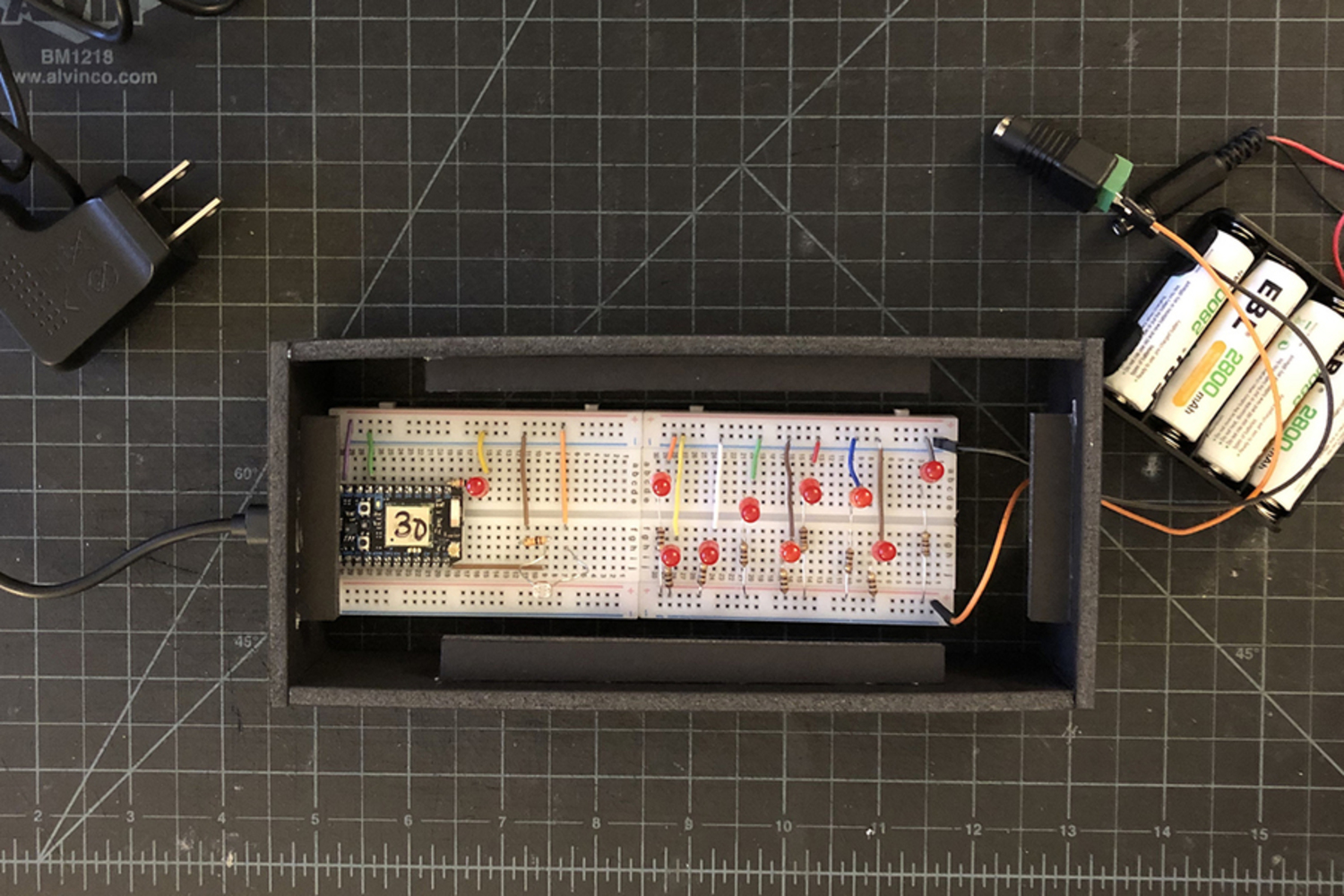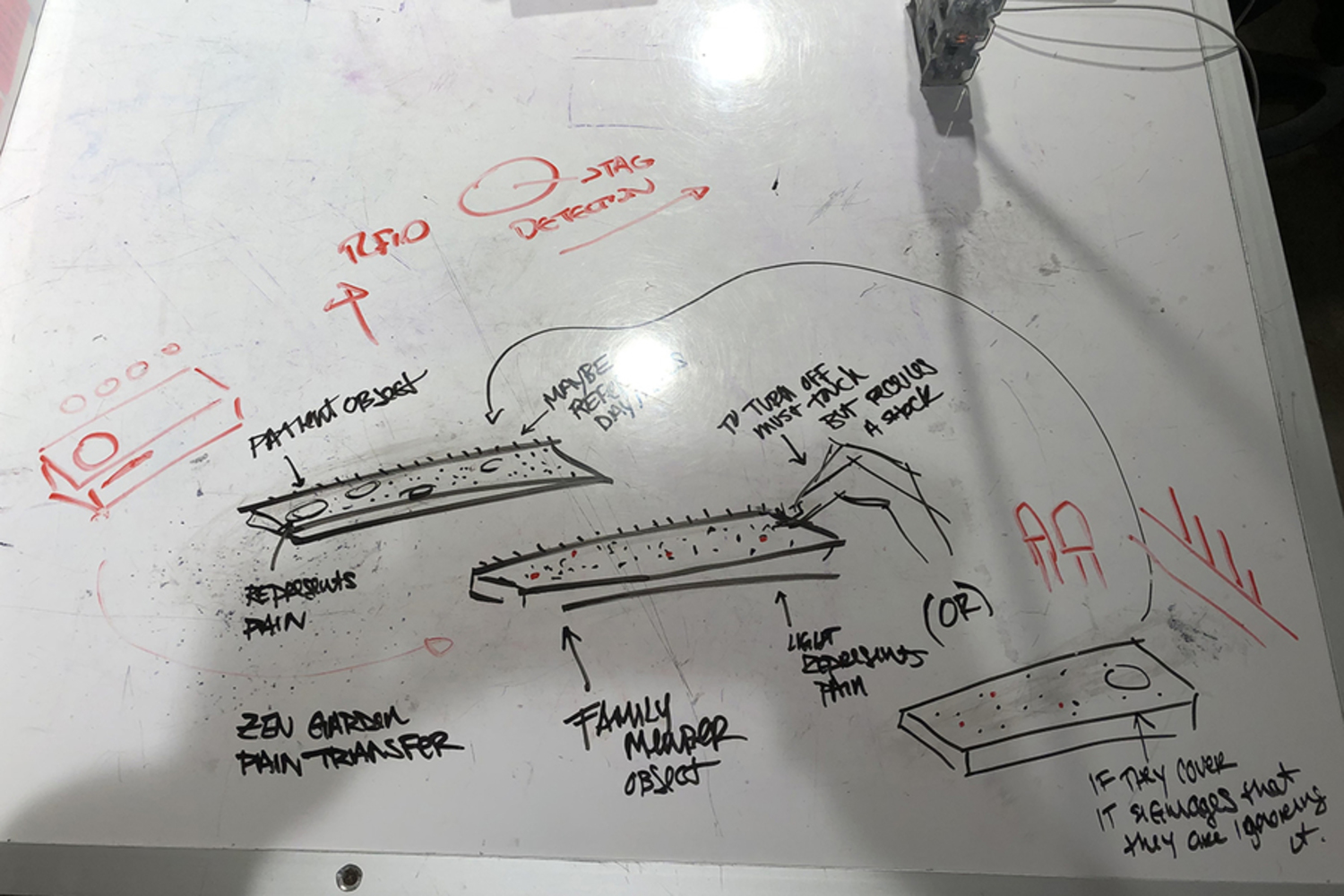Intention
The idea to design a tangible object that captured and passed on the experiences people have with chronic pain was inspired by research I am currently performing for a project. I have found in my research that people with chronic pain tend to avoid talking about their pain with their family and friends for varying reasons, including seeing no purpose or desire to avoid past reactions they have experienced, such as sympathy, which they tend to view as pity.I thought it would be interesting to take the question of reactions and how we interpret them and design around that theme. I wanted to explore how connected objects could bring into question the unknown that reactions have when we perceive them based on our personal emotions and perceptions of these reactions. I was interested in exploring a new medium to symbolize and describe pain that was not dialogue based, which is the common method of communicating about chronic pain. In addition, I wanted to explore the idea of “collecting” pain in a metaphoric sense through gesture and the concept of rituals and self-care.
